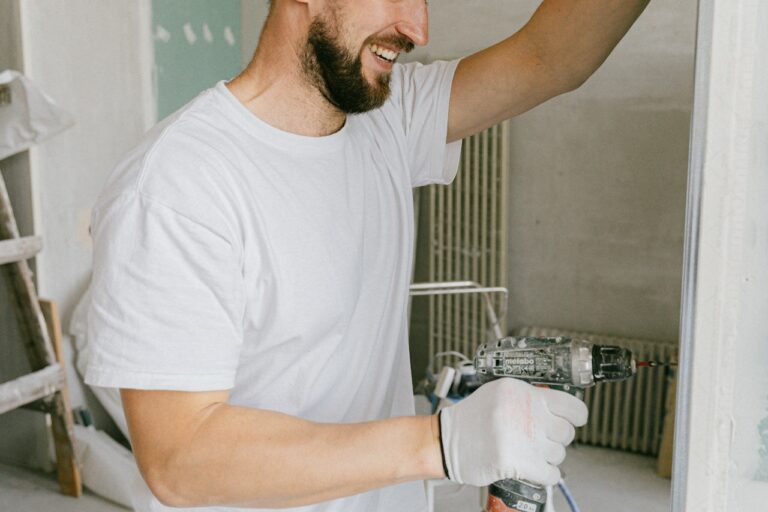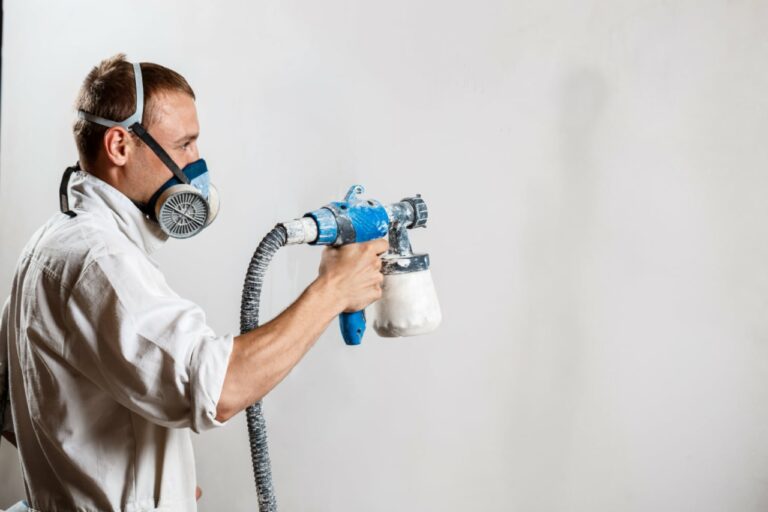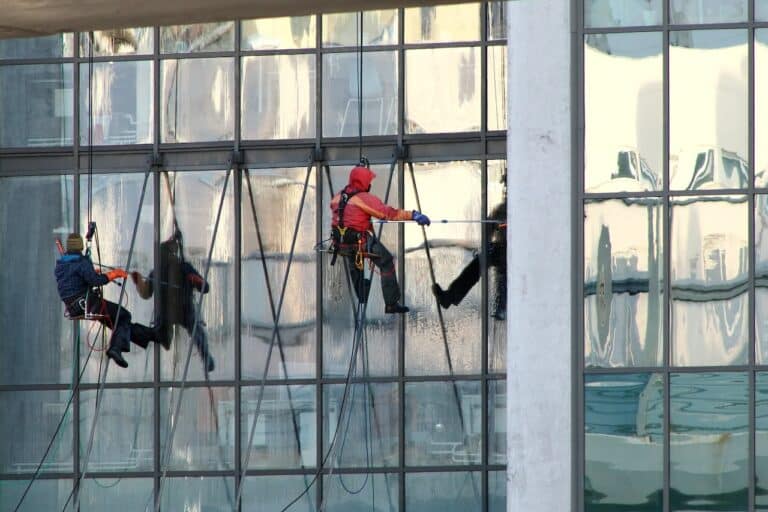Bubbling paint can make your building look run down, dilapidated or scruffy. When it comes to industrial painting, damaged paint is frustrating, especially when you can’t find the reason for it.
But when it comes to large commercial buildings, paint bubbling, cracking or peeling is incredibly common.
Why does this happen – even to high-quality paints?
Blistering and bubbling is something most painters and building owners experience, sadly. But there are a few causes for paint damage, which you can learn here in the hopes of avoiding it altogether.
It Starts With Painting Mistakes
Paint is pretty strange when it comes down to it. It reacts to different temperatures and moisture levels differently. Paint blisters and peels if there’s too much moisture in your air or if it gets too hot.
If you’re unlucky enough to get both of these together your paint might even start pulling away from the surface and crumbling off.
That’s obviously something you want to avoid, so what situations cause paint to react like this?
Damp and heat are huge contributors to paint damage. Your best option if you’re painting in these conditions is to allow the surface to become dry and cool before you begin painting. Painting onto a hot or damp surface is just going to end in a paint bubble disaster.
The same applies if you’re painting outdoors. Let the paint dry completely before being exposed to heat or damp, or you’ll see cracks appear almost instantly.
Another big mistake to watch out for in industrial painting and residential painting alike is using an alkyd paint over the top of a latex paint. This also ends in peeling, and your only choice will be to remove the paint and start again.
These are the biggest mistakes that can be at the root of obvious paint damage, but there are plenty of types of paint damage with different causes.
How Is Paint Damage Caused?
The way your paint finishes can be affected by a lot of factors. Usually, damage happens because it wasn’t prevented in the first place.
If you’re seeing bubbling, blistering, peeling, cracking or flaking it’s probably because of the way it was painted. Different issues cause different types of damage.
Here are the types of damage you’re most likely to want an explanation for…
- Bubbling And Blistering – This happens when the top layer of paint comes away from the layer below or the wall surface itself. Most often you’ll experience this in humid or damp rooms or otherwise on building exteriors. The biggest culprit for bubbling is painting during damp conditions or extreme heat.
- Flaking – Paint can begin to flake and crumble after long term exposure to UV rays. You’re more likely to see flaking on older buildings or on paint that is very old.
- Cracks – For cracks specifically the likely cause is that you either used too many layers of paint or the surface you painted was dirty. This doesn’t allow the paint to solidify properly, making it unstable.
If you’re having trouble keeping up with all of these varieties of paint damage and how to avoid them, consider getting the help of a professional in industrial painting. But if nothing else, the one thing you can do to prevent paint damage altogether is to be prepared.
How To Stop It
To stop your paint from bubbling or worse, make sure you’re taking the obvious steps to avoid damage.
If you’re in a rush or trying to DIY your painting, then it might be tempting to skip these things, but do these simple things and you’ll be glad when your surface is bubble-free.
Firstly, prepare your surface! Ensure it’s dry, clean, and not extremely hot or cold.
Secondly, don’t forget your primer. Apply a coat of this to begin with for a better finish, and use primer to touch up any staining before your main coat of paint.
Lastly, be aware of the elements – if you’re painting an exterior then don’t expose your paint to the elements before it’s fully dried. Follow these basic steps and you’re much less likely to face blistering, flaking, and cracks.
Repairing Paint Damage
Of course, your other option is to repair the damage already appearing in the paint. Ideally, bring in the help of an industrial painting contractor to properly repair your commercial building.
The process of repairing paint damage of any kind can be quite involved and time-consuming, so having a professional on hand is your best option.
Bubbling paint can be concerning, but ultimately it’s avoidable by ensuring the surface is dry, clean and cool. Avoid mistakes like layering certain paint types and not letting the paint dry before exposing it to harsh conditions. Get the help of a professional in industrial painting to make sure paint damage problems are avoided and prevented properly.
At GI Sykes we’re the first choice for industrial painting for factories, warehouses and all commercial buildings. With over 100 years of industrial painting experience, we can help with old, marked walls or damaged paint. Get in touch today for a free quote.



